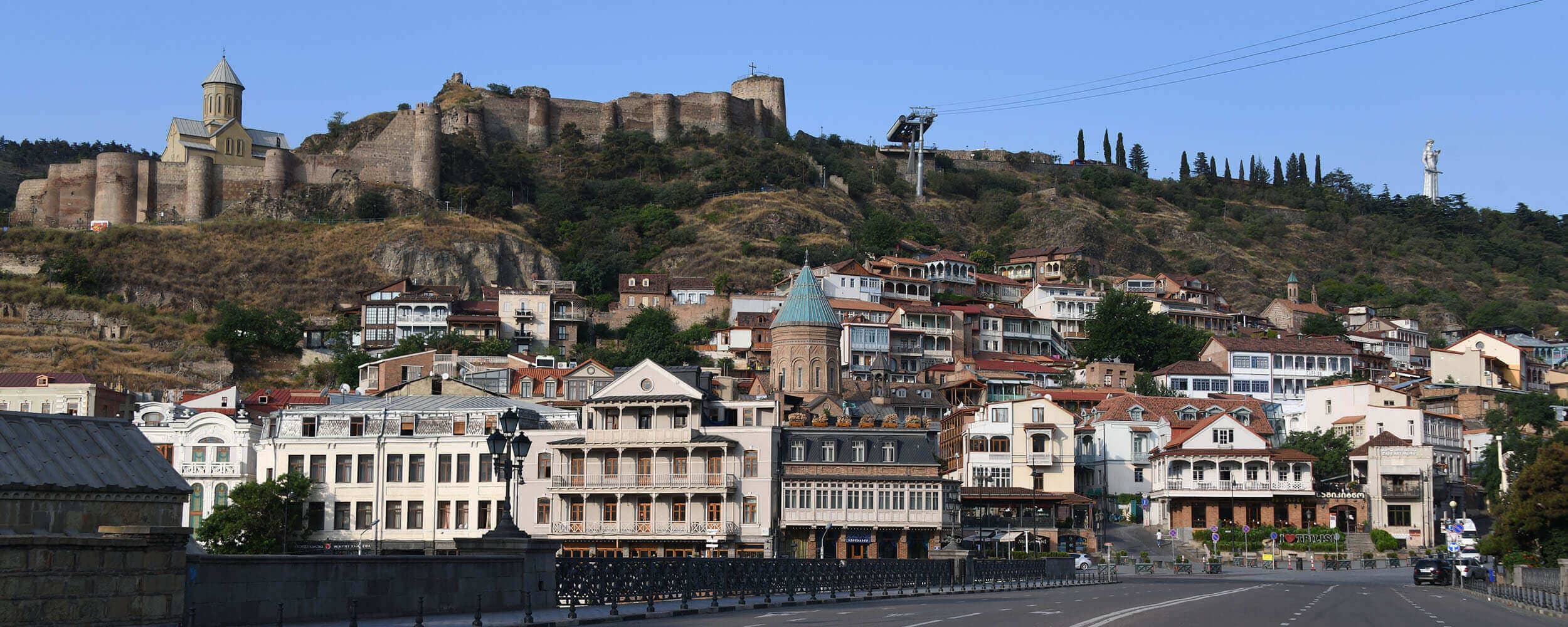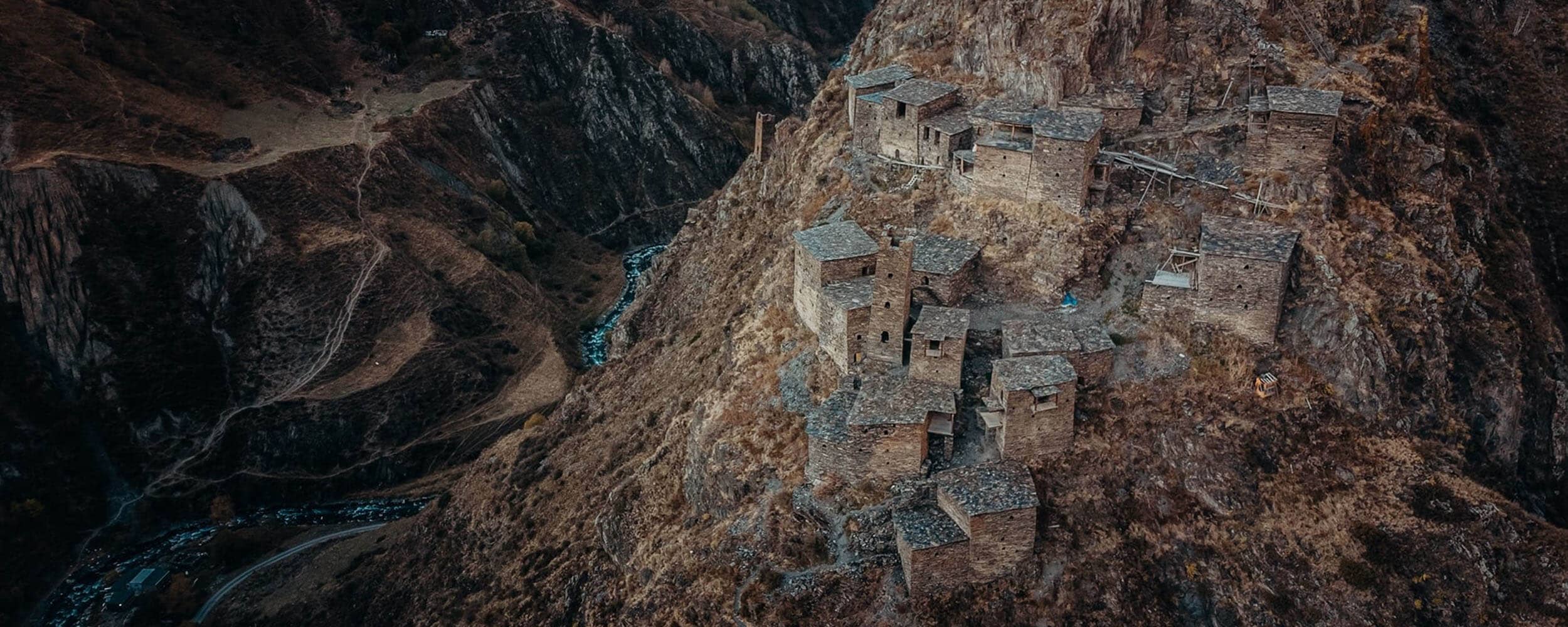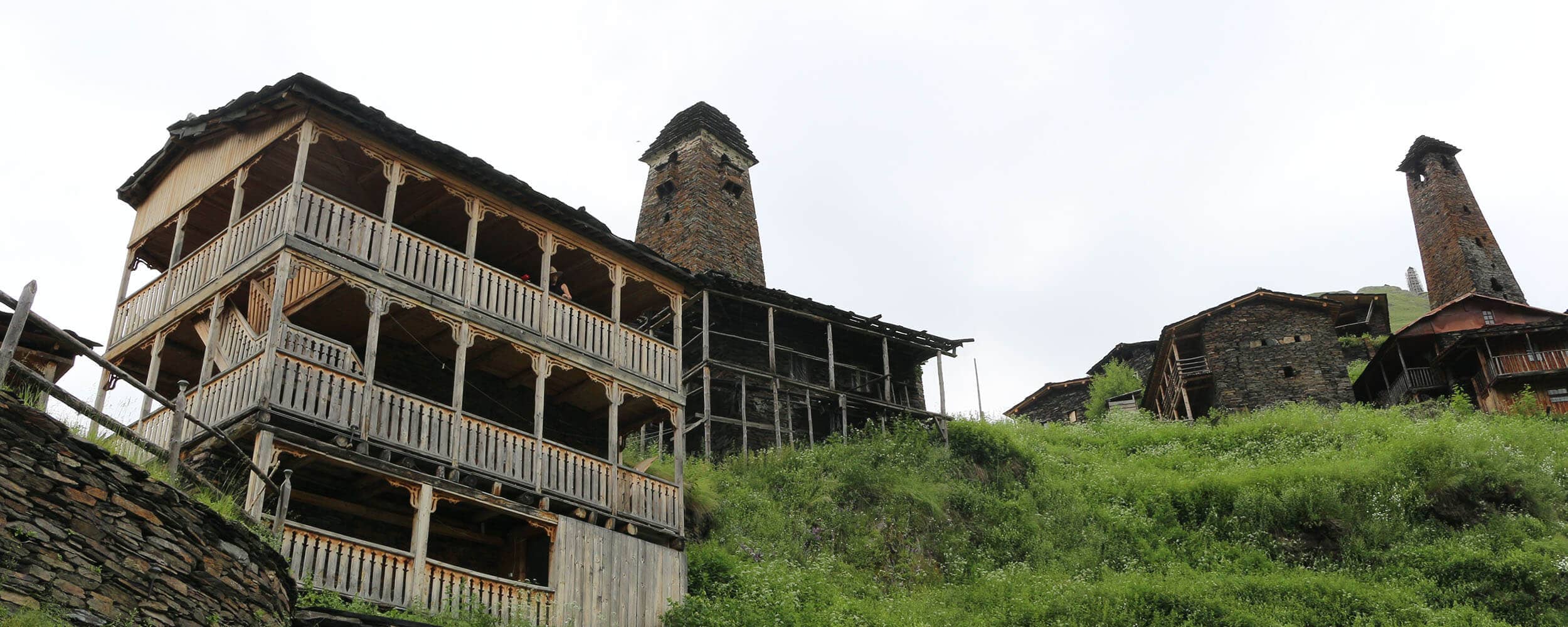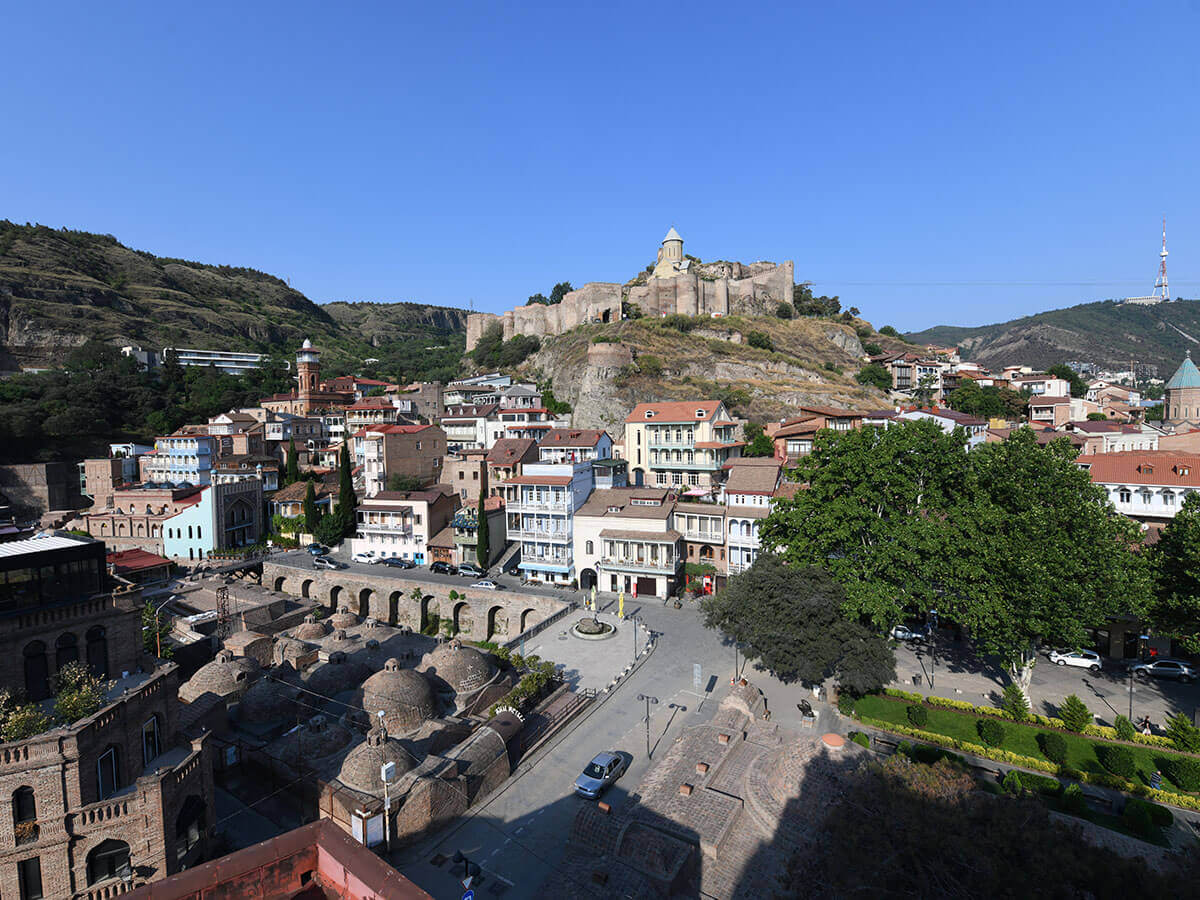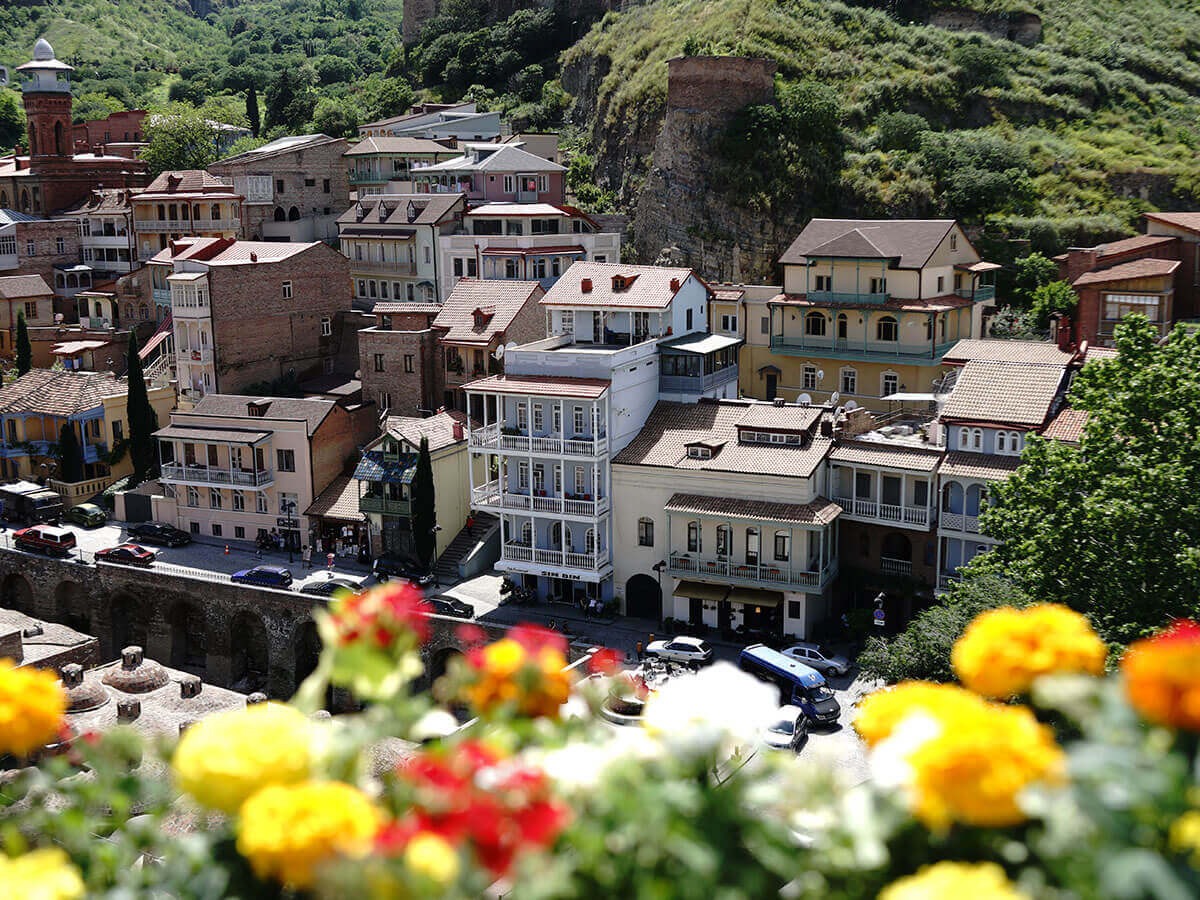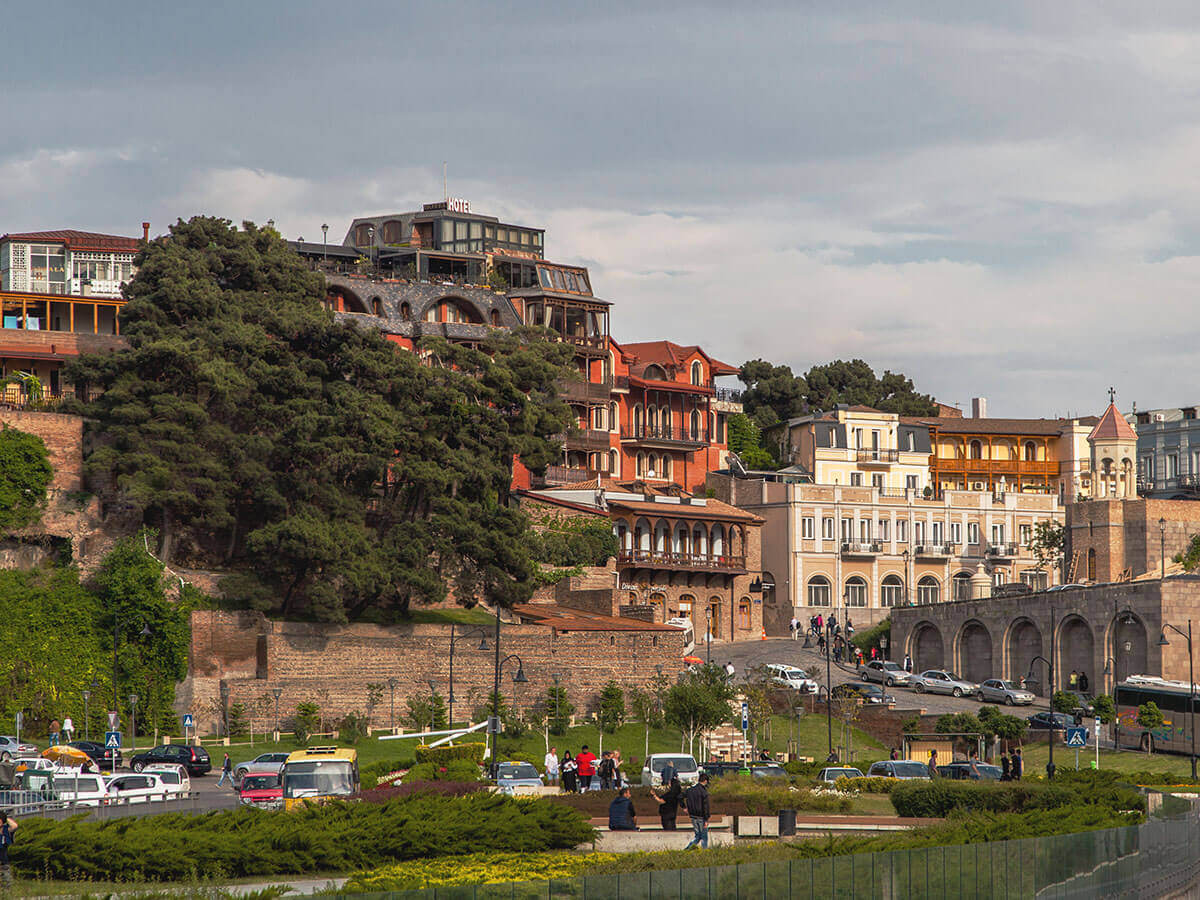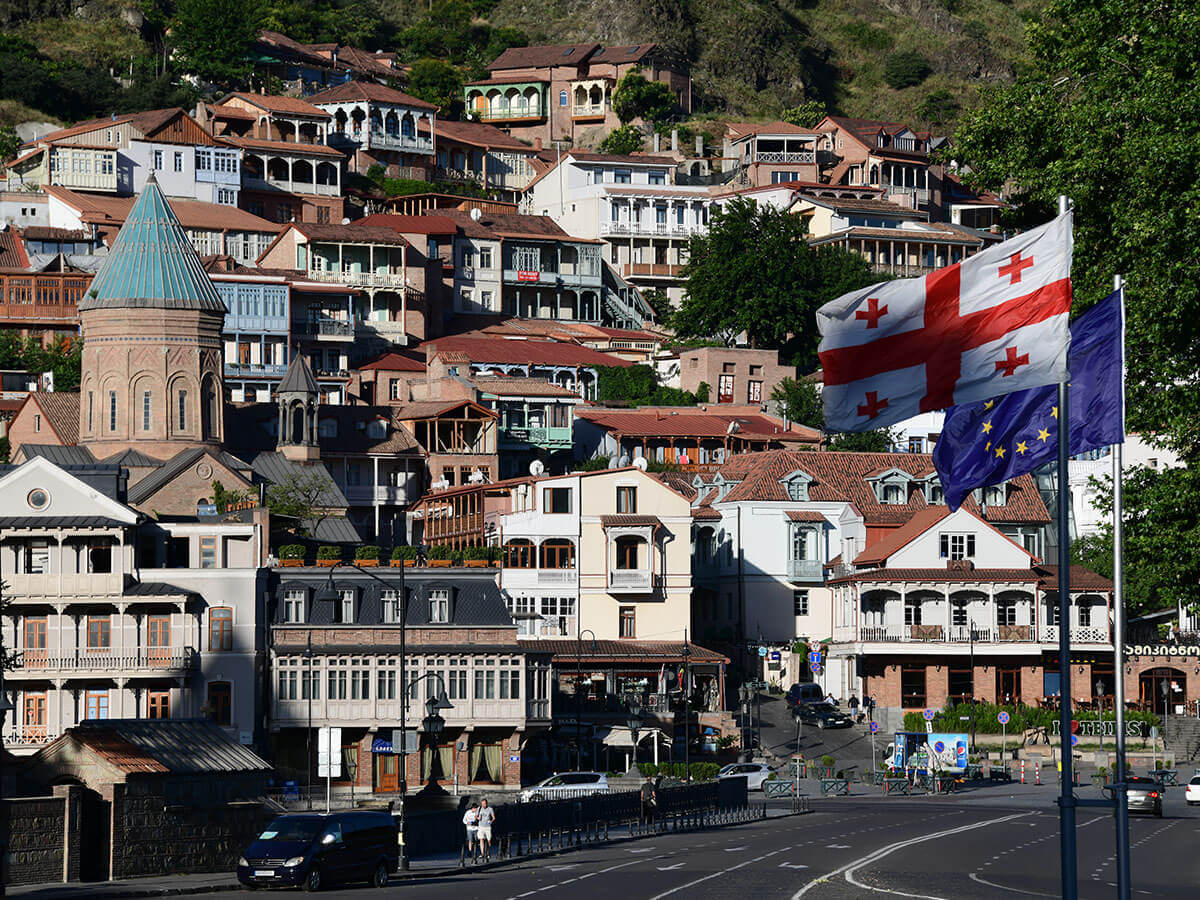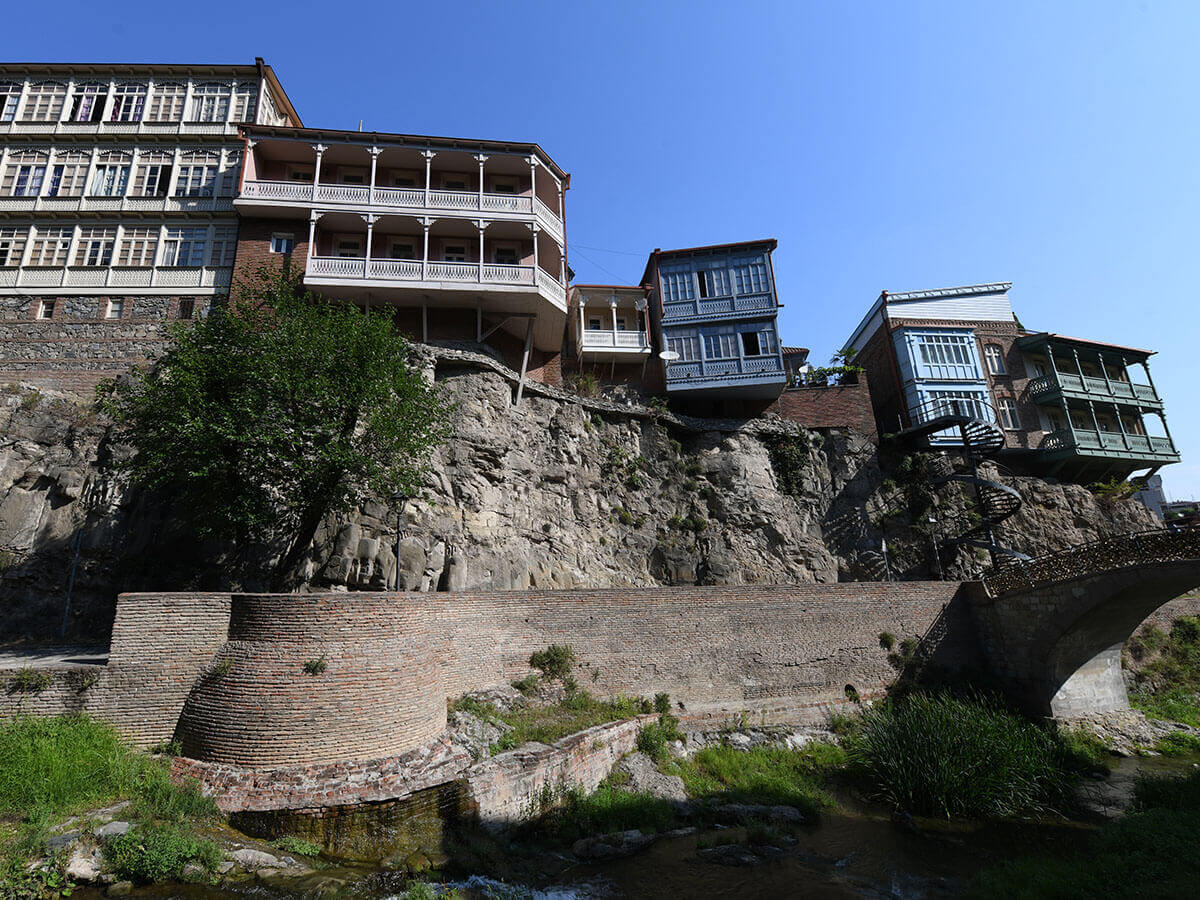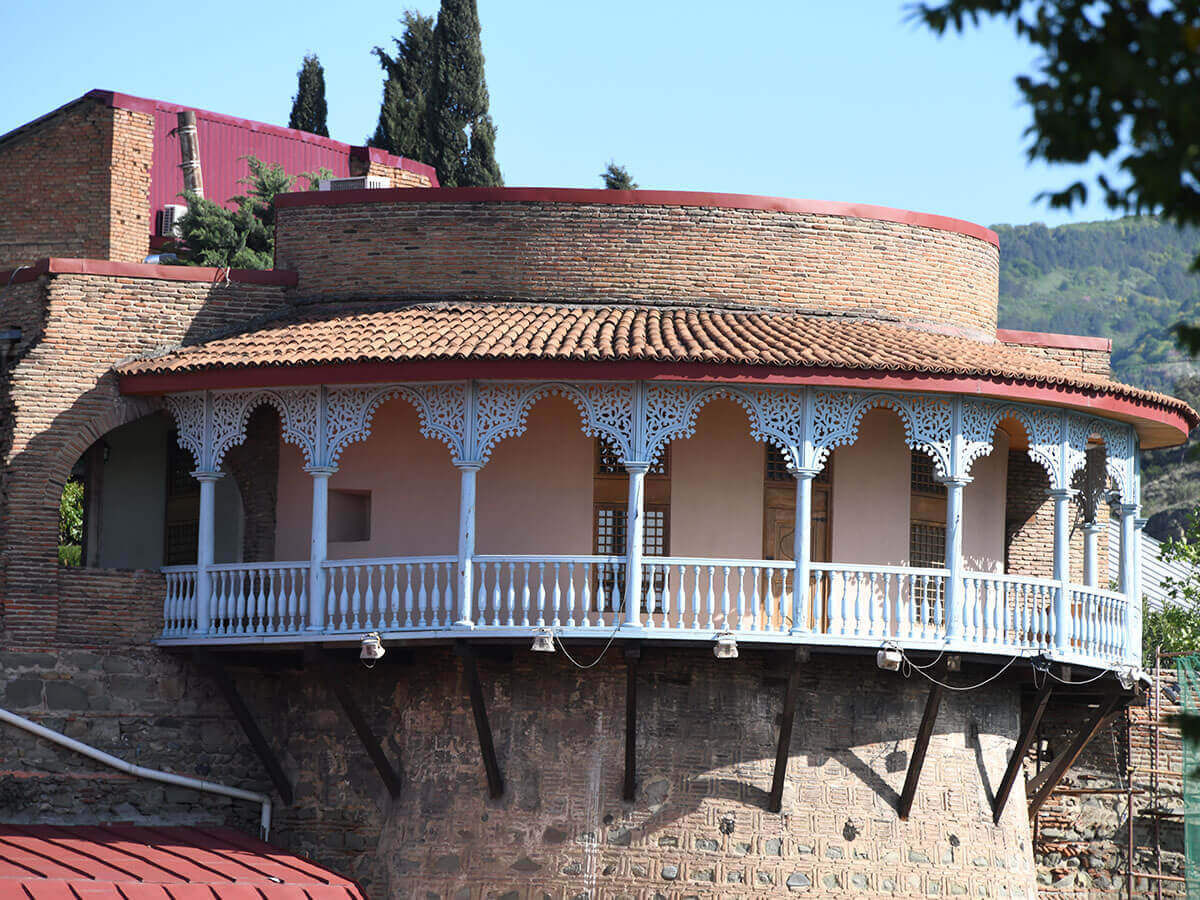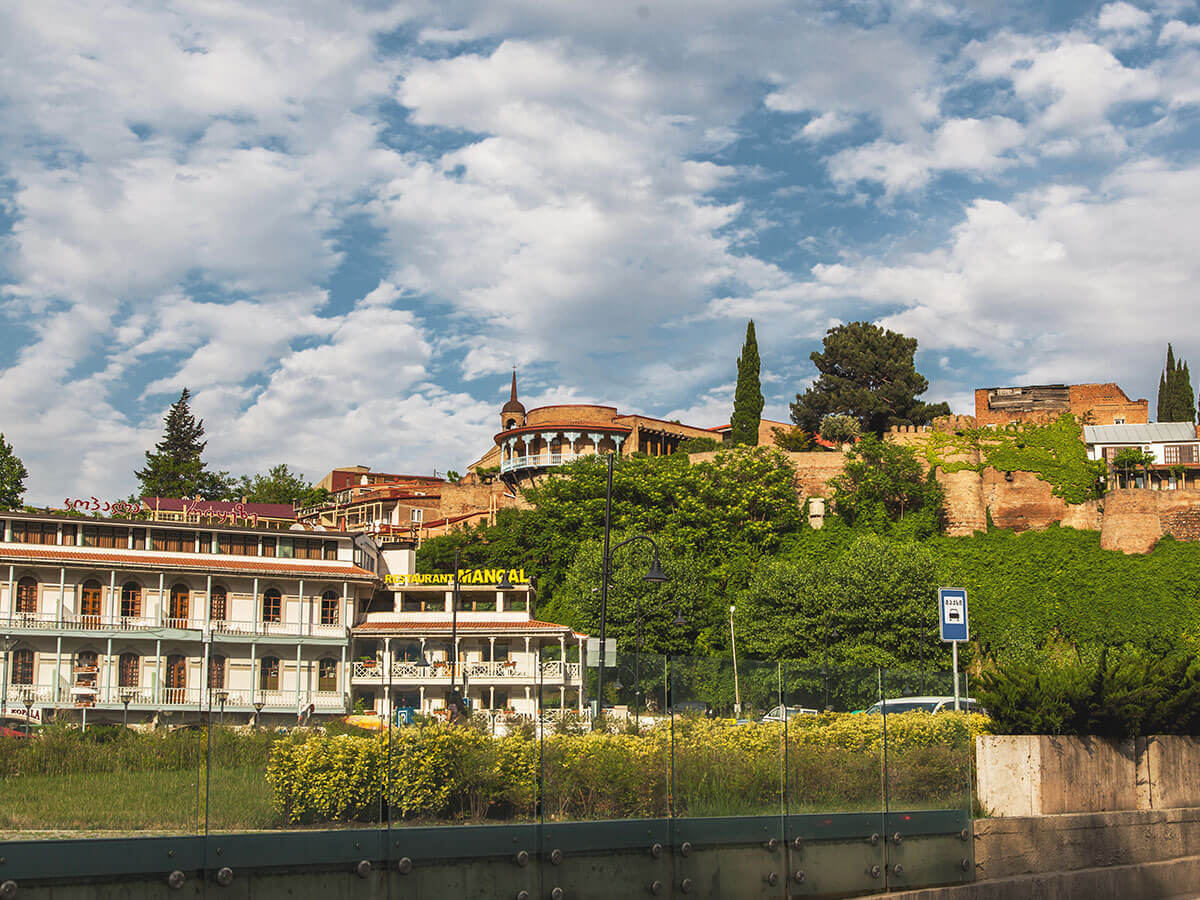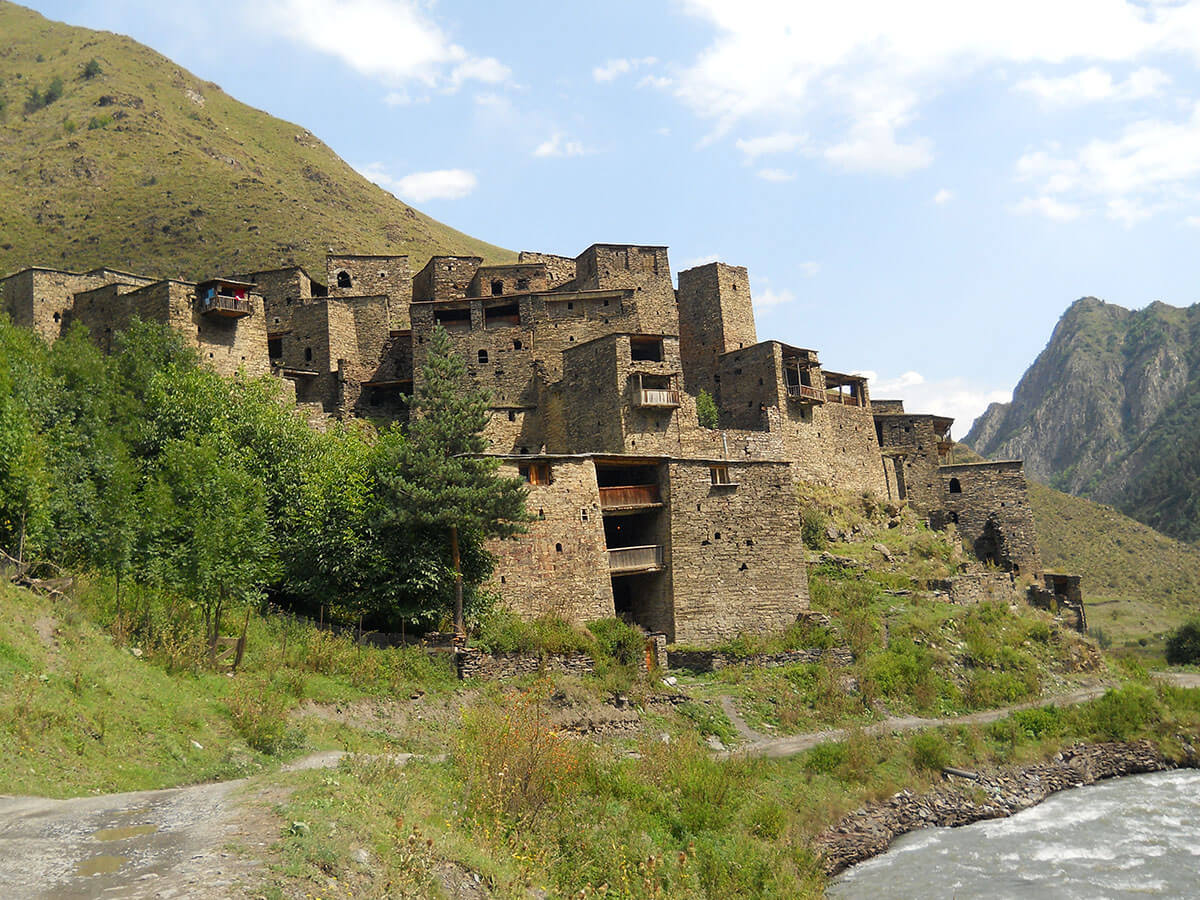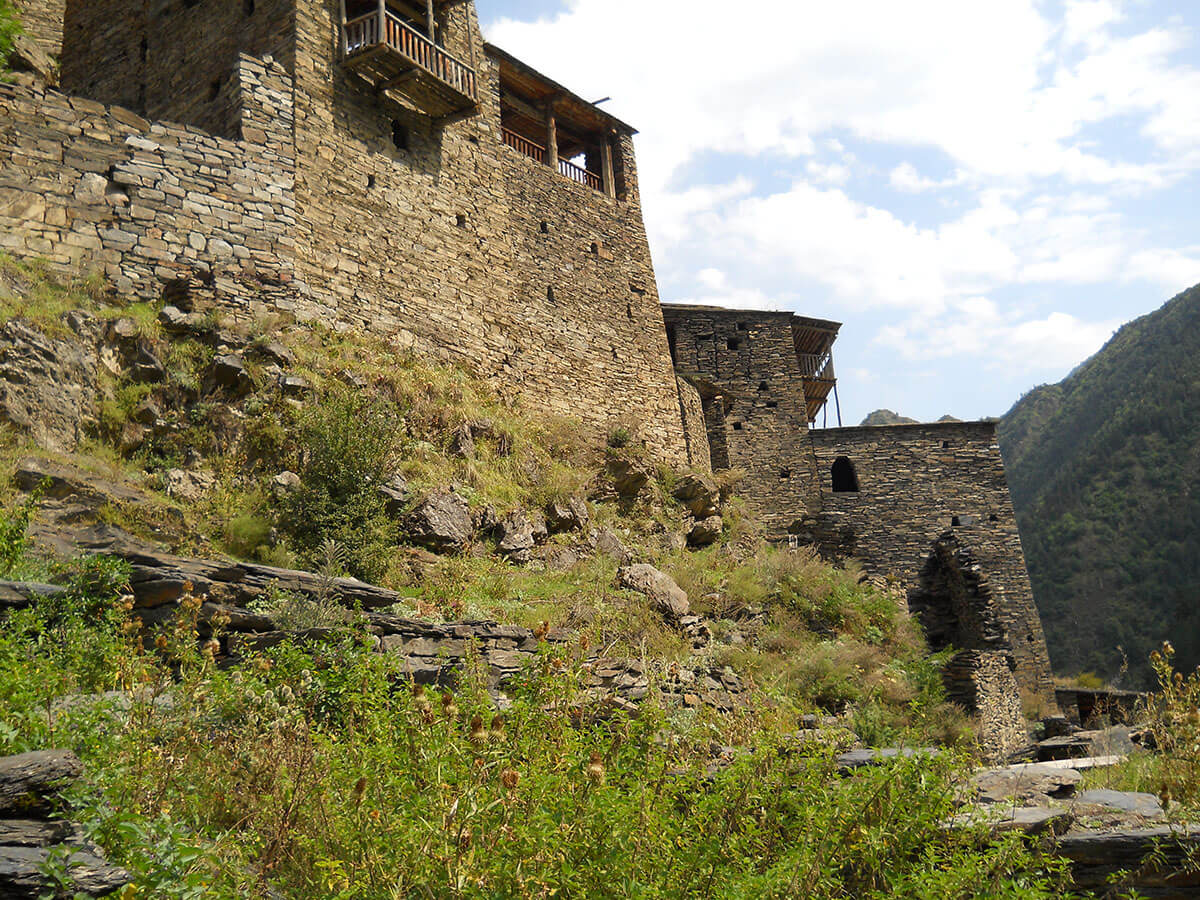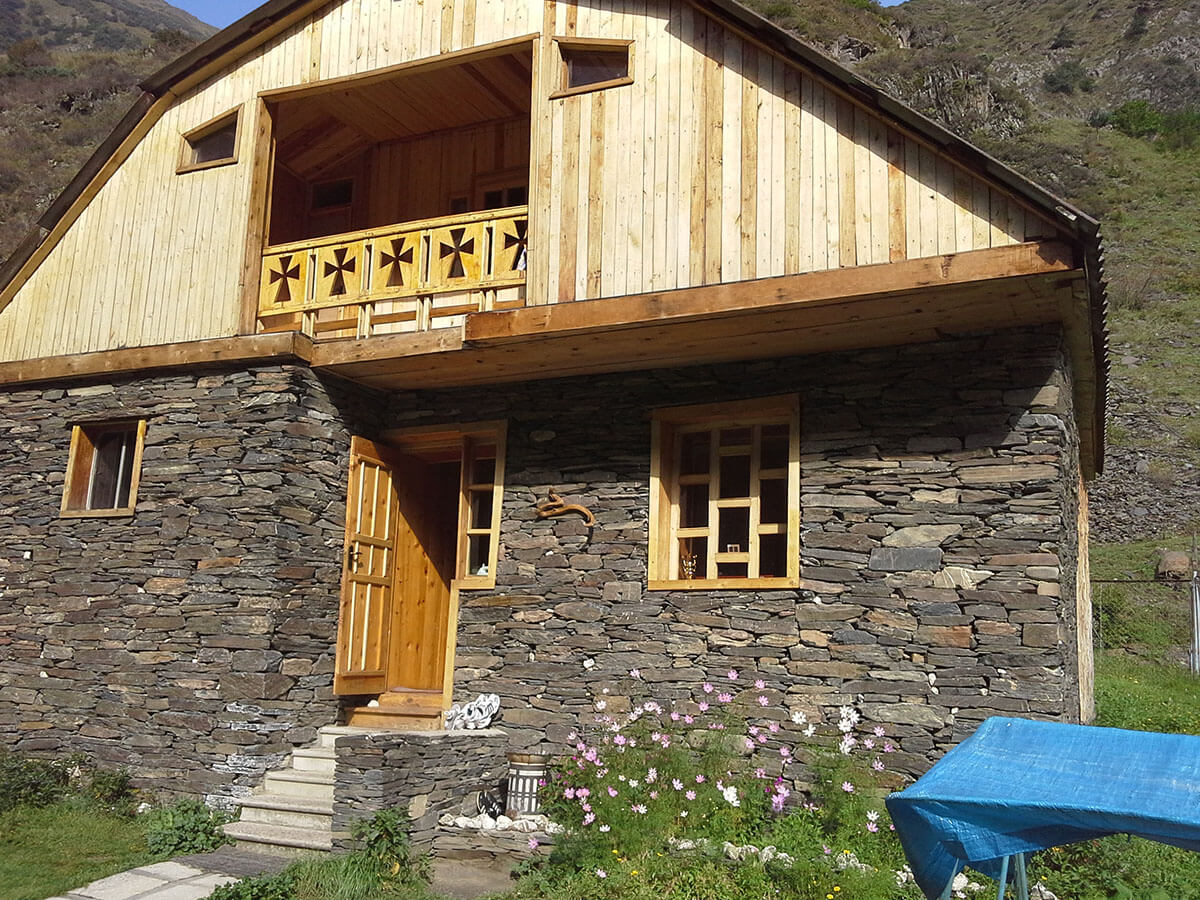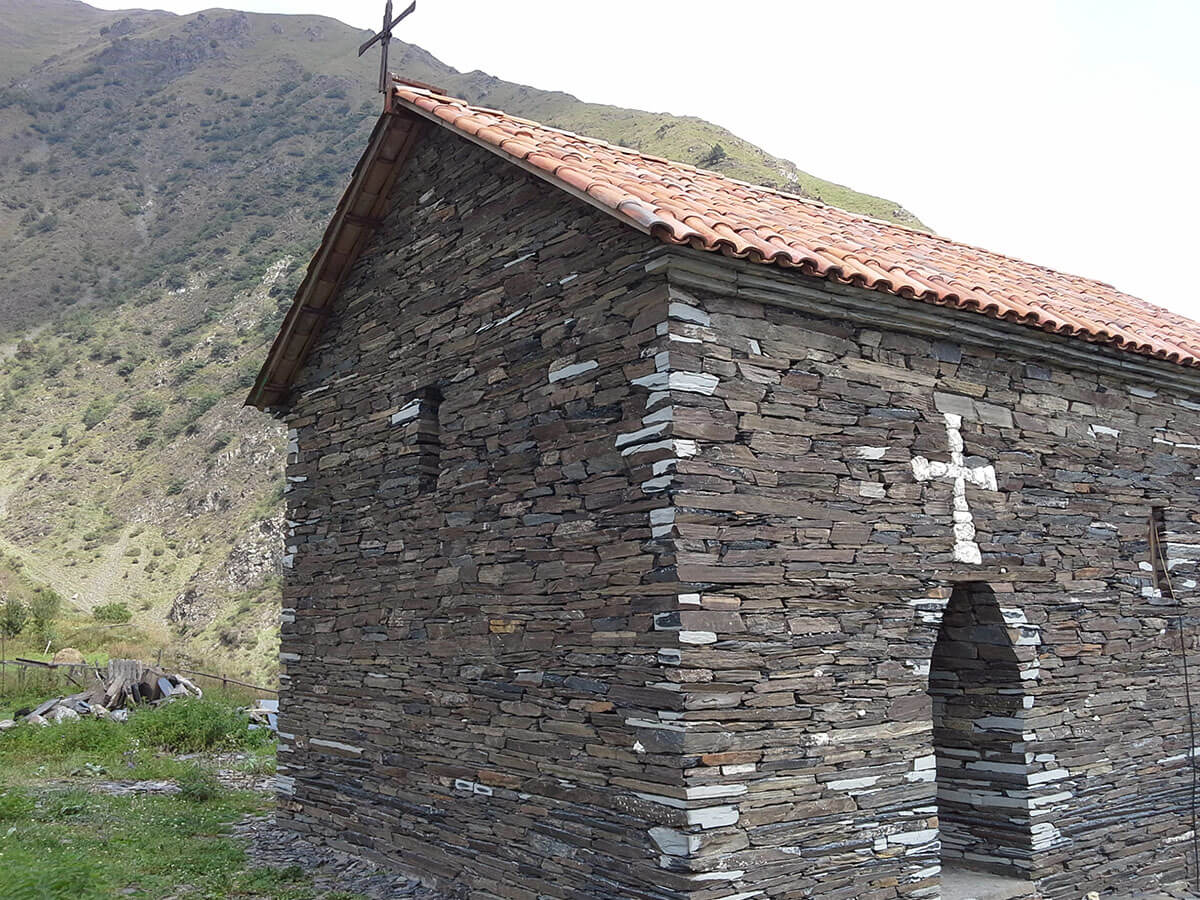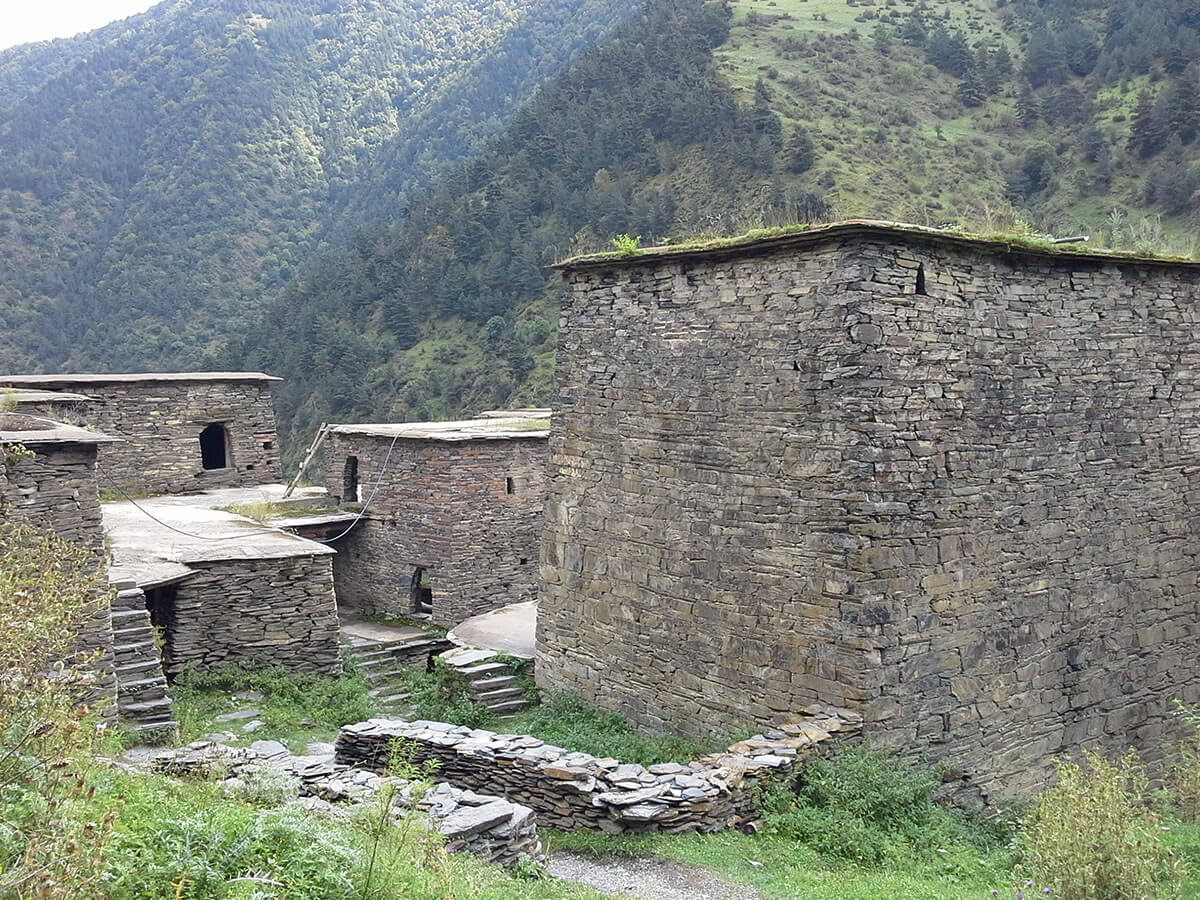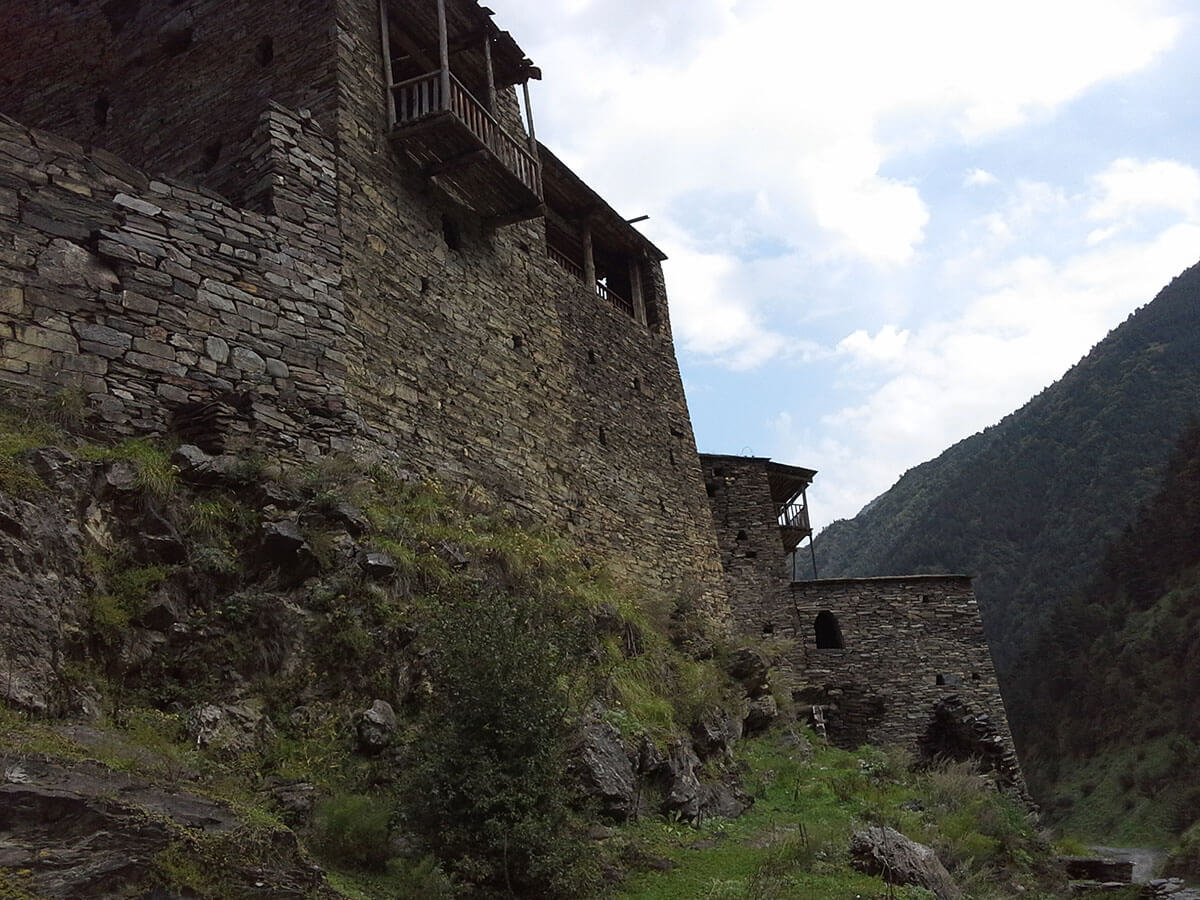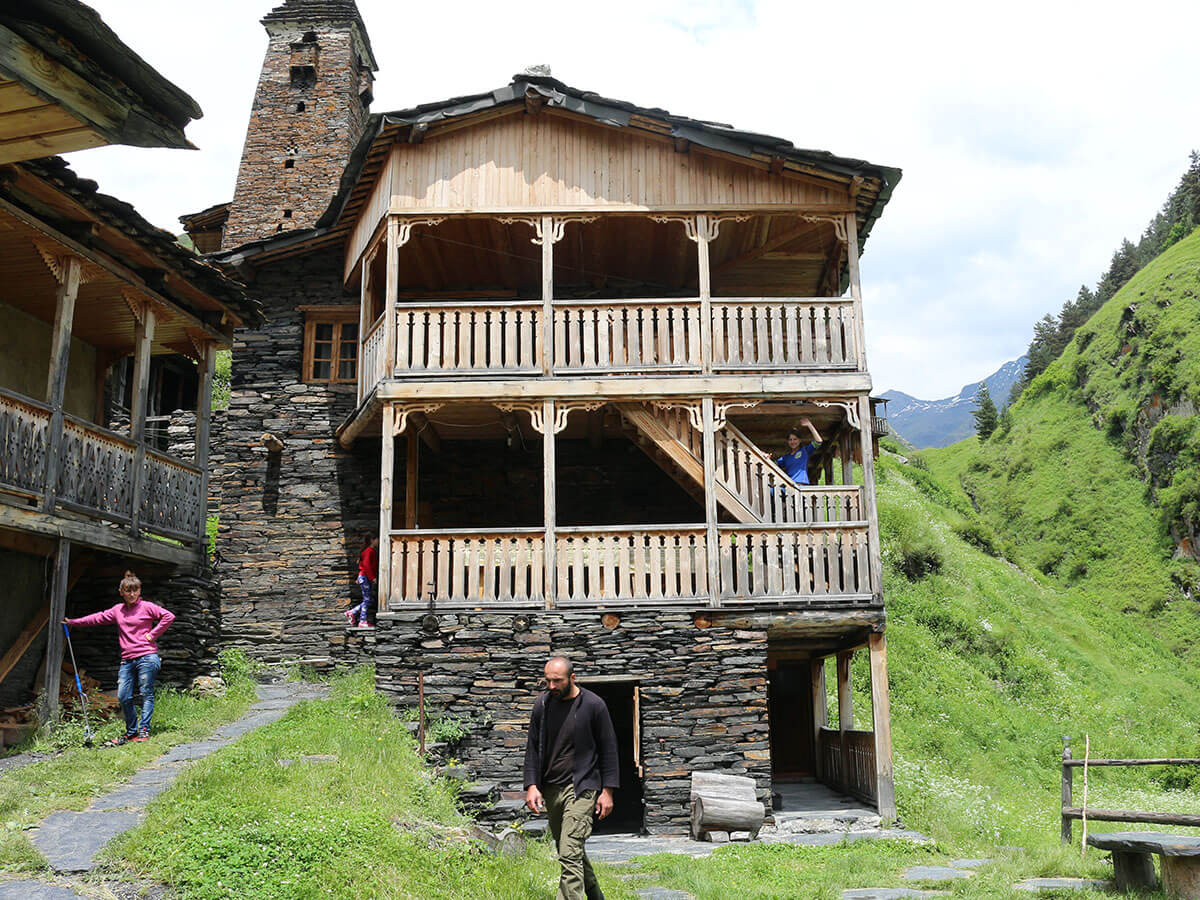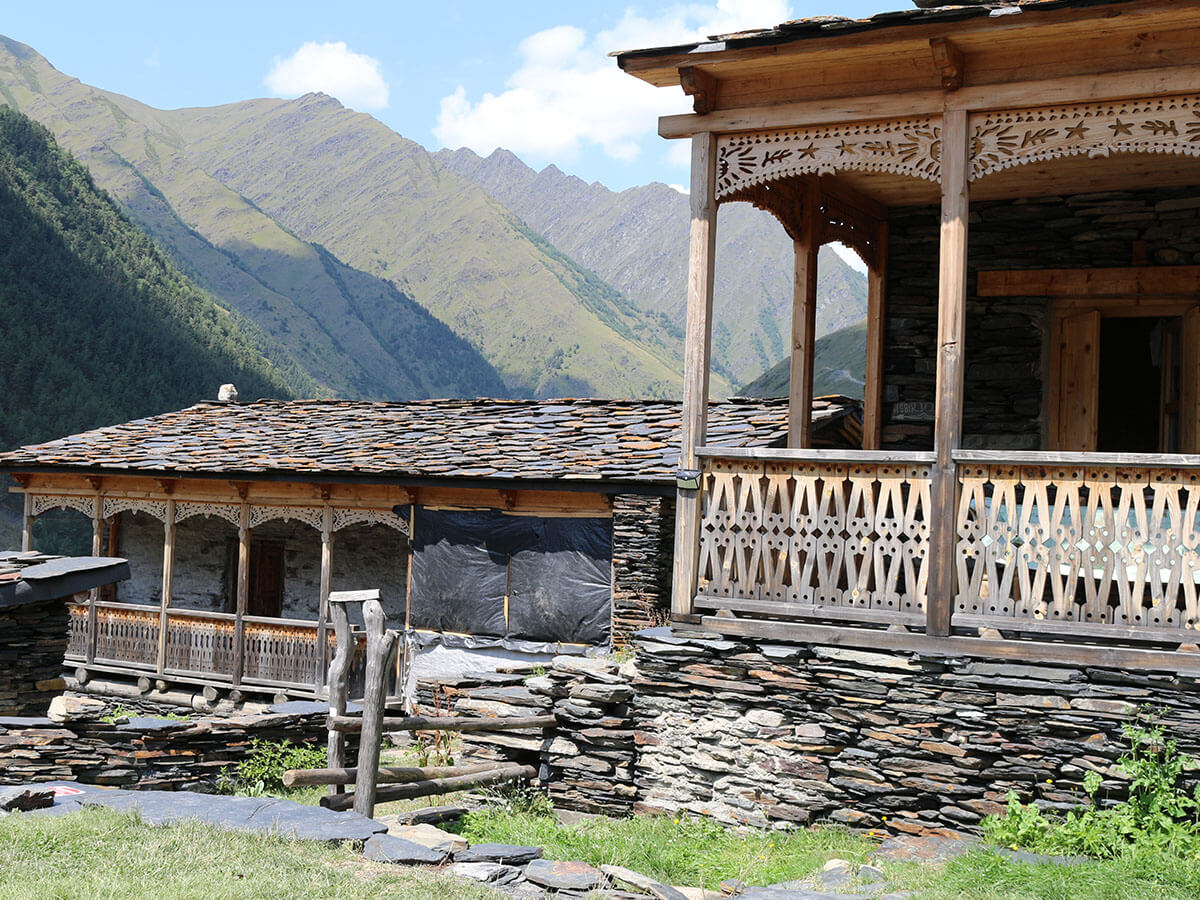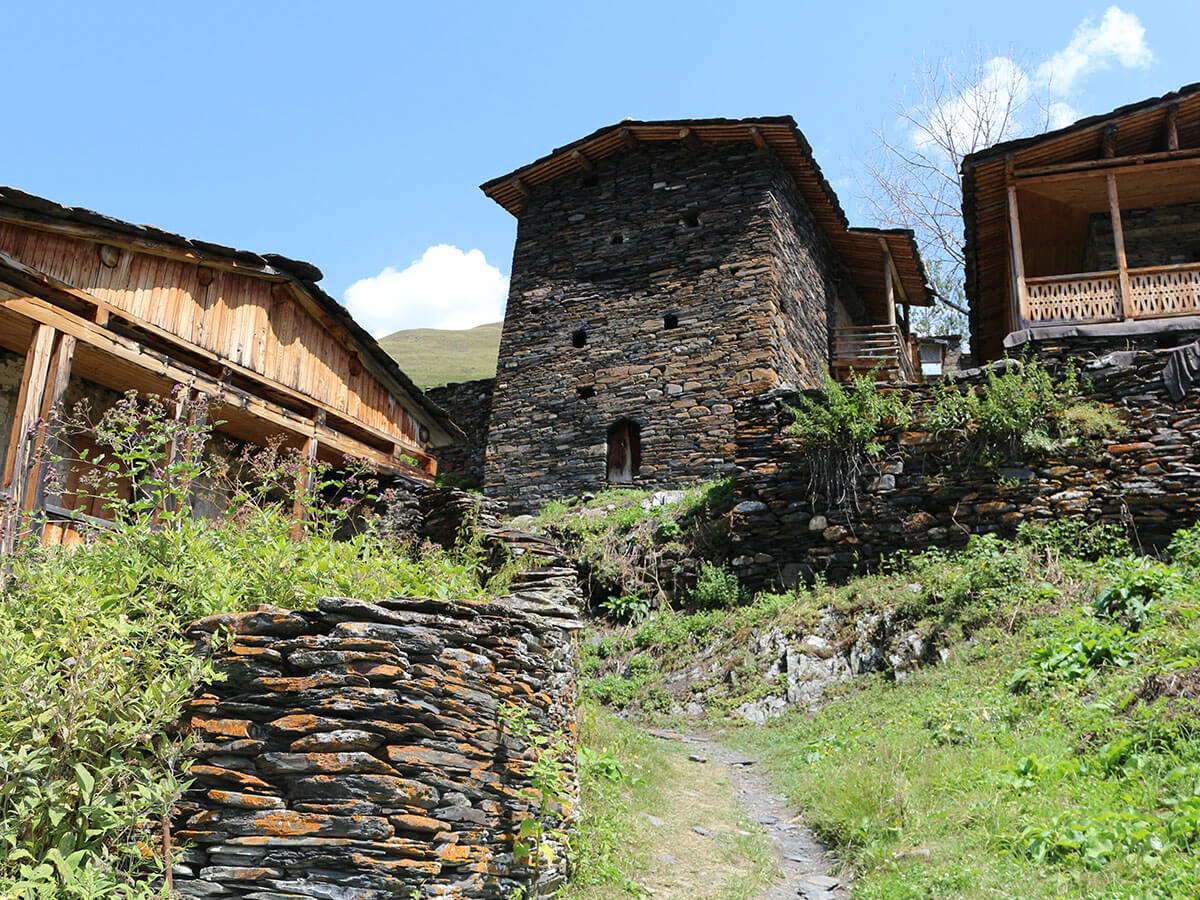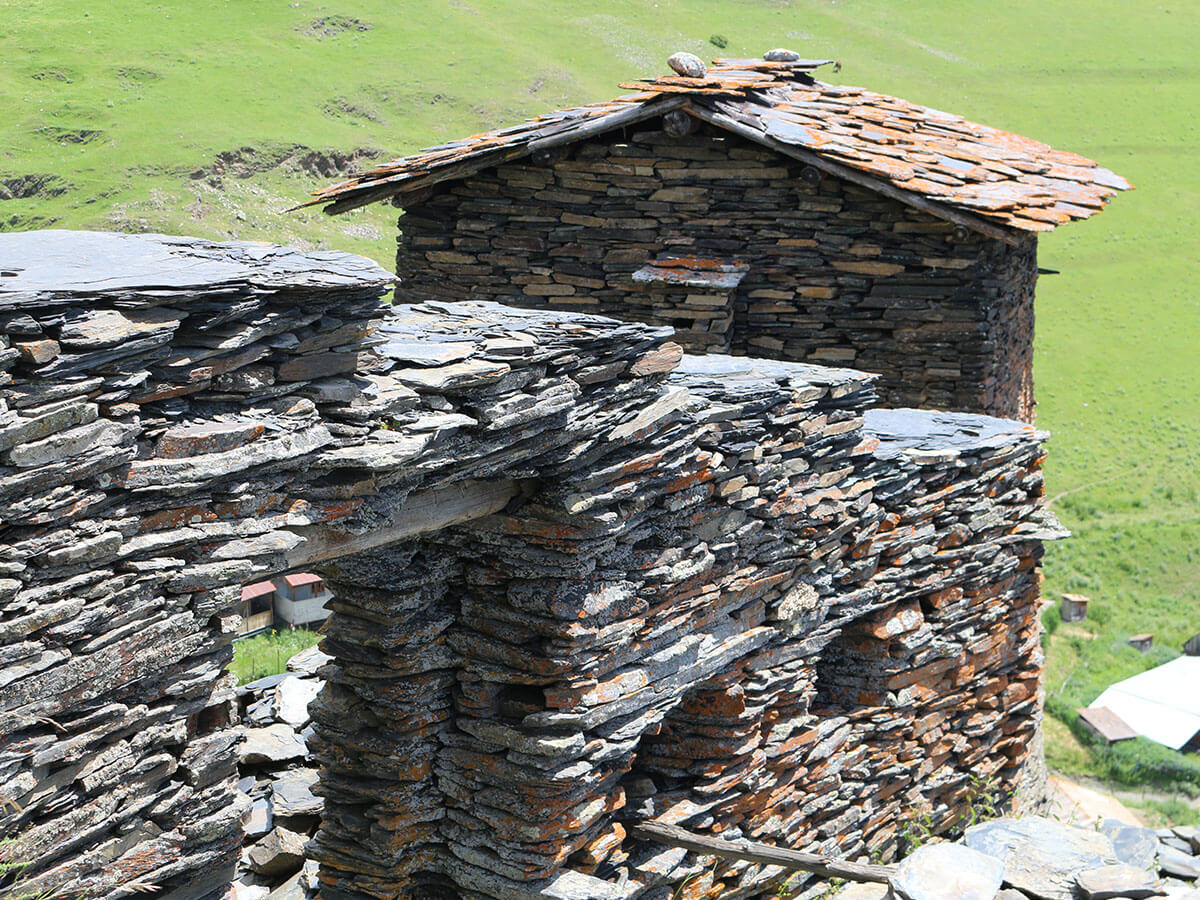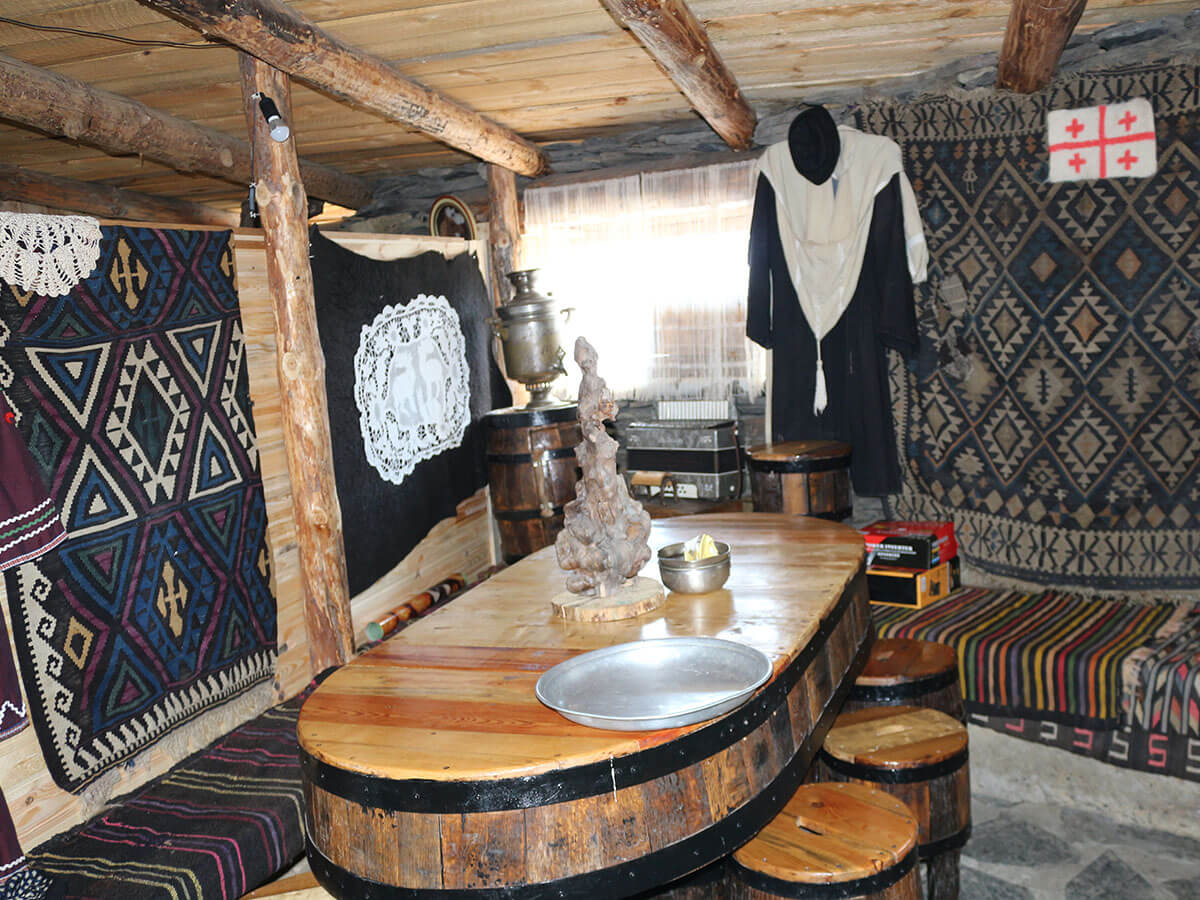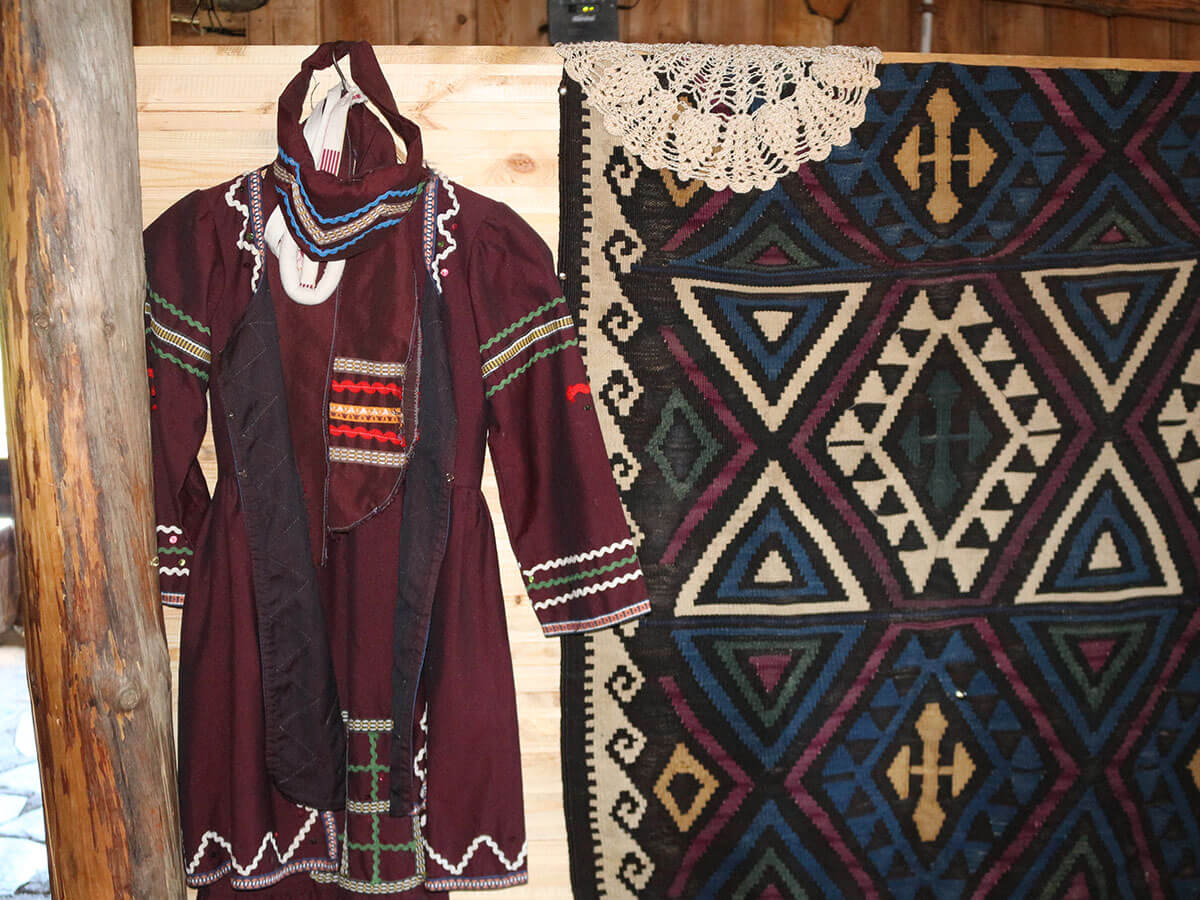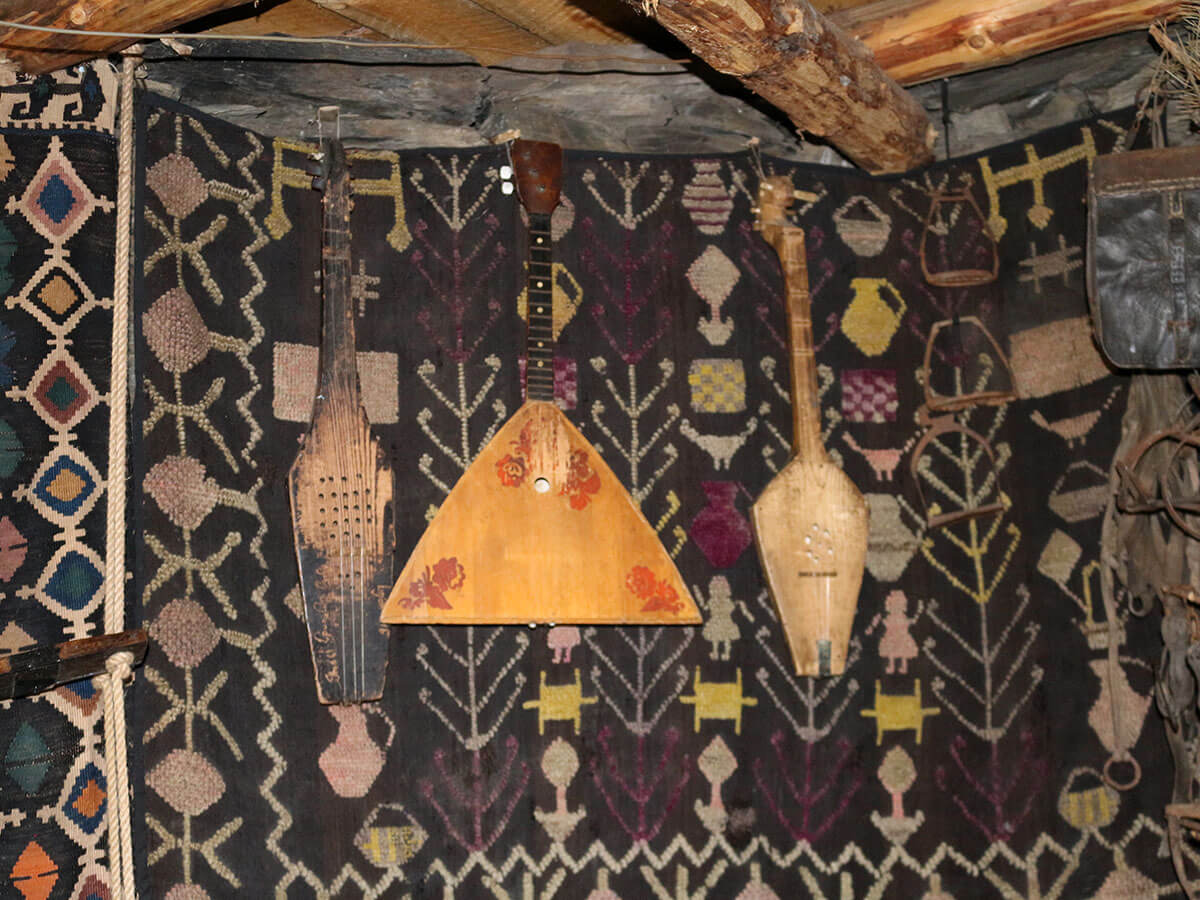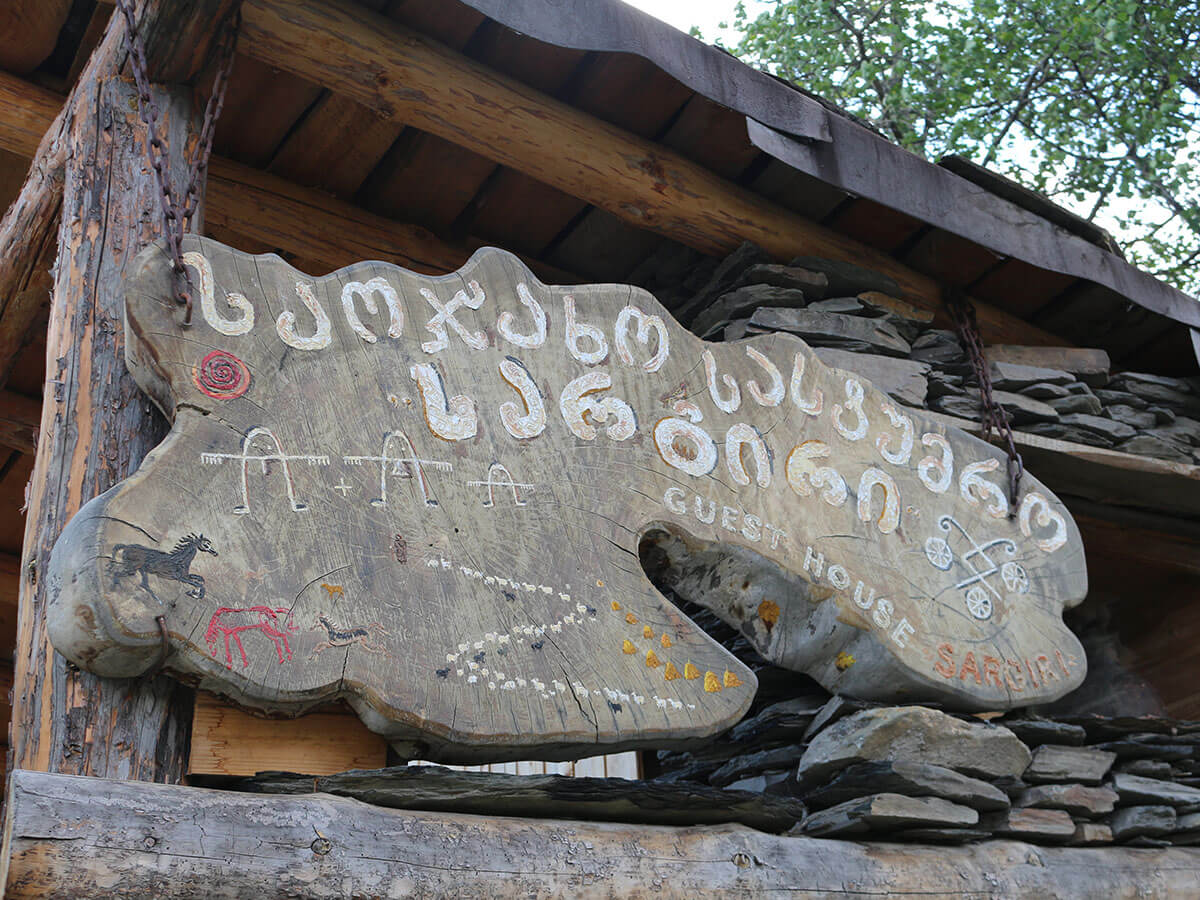Travel to the mountainous regions of Georgia
The Heart of Georgia-A central historical part of the capital of the country - diverse and tolerant ″Old Tbilisi″ where the Eastern and the Western cultures meet, the center of the Caucasus. Here, you will learn how Tbilisi was founded, how the Tbilisians have lived for centuries and what makes the city so remarkable. You will see important sights, walk in the streets of historical districts and listen to the stories about the city.
The land in the northern part of eastern Georgia, in the high Caucasus Mountains and deep gorges. The mystical world of the proud and fearless Khevsureti: the fortified villages built of slates, chapels and niches of ancient deities, legends of divine children fighting against evil forces, a code of honor for the heroes mastering remarkable martial arts.
A hardly accessible region of Georgia with high mountains. Outstanding with its unique beauty: Caucasus peaks, deep gorges, rivers, pine forests, beautiful alpine meadows and a rocky road, villages boasting with their fortresses - the land of the brave Tushetians.
The monument to King Vakhtang Gorgasali, Metekhi Church (XII c.) standing on the cliff, Abo Tbileli Church (XX c.), River Mtkvari, One Hundred Thousand Martyrs’ Bridge, Meydan Bazaar, Jean Chardin Street, Tbilisi Karavanserai Museum, Sioni Cathedral where the Cross of St. Nino the Illuminator (VII c.) is kept, the Anchiskhati, which is one of the oldest churches of Tbilisi, where the Christ’s non human-made Icon (V c.) is kept, Revaz Gabriadze’s puppet theater, Freedom Square - the border between Old and Bourgeois Tbilisi, the Tbilisi Catholic Church (XIX c.), Gudiashvili Square, the Great Synagogue of Tbilisi (XX c.), the Glass Bridge, the cableway, the monument of ″Mother Georgia″, Narikala Fortress and the Botanical Garden, Tbilisi Mosque (XIX c.).
Abanotubani and Legvtakhevi, Mtatsminda with the cell (VI c.) cut in the rock and church of Assyrian Father St. David of Gareja (XIX c.); Funicular, Mtatsminda Pantheon of Writers and Public Figures, the grandiose Holy Trinity Cathedral (XX c.), Rustaveli Street - the central avenue of the capital; evening program: we will eat Georgian dishes at the restaurant and watch Georgian national dances.
Chargali with the home-museum of Vazha-Pshavela, a brilliant writer called ″Mountain Eagle″. His works introduce us to Khevsureti, which is divided into two parts: Piraketa and Pirikita (Inner and Outer Khevsureti) connected by Datvisjvari Pass (2676 m above sea level).
Traditionally, locals stop here to have a snack; they drink three glasses of vodka and say three toasts: to praise the God, commemorate the dead and bless their peaceful trip.
Shatili - a famous medieval fortress village (1700 m above sea level). It has a strategic location on the right bank of the River Arguni where it closes the gorge against the enemy attack and controls the roads leading from: Chechnya, Ingushetia, Dagestan and Tusheti.
Anatori is the village where the sun rises twice. Today, only one-storey stone buildings – the vaults – survive there. In the 19th century, all the locals died from plague. The crypts still have many bones of the dead in them. The place of this tragedy is another proof the Khevsurians’ bravery – the sick people would come here and lie in the crypts waiting for death.
Mutso - the fortress on the rock (1579 m), which, according to legend, was built by the order of Queen Tamar to defend the northern border. Three self-defence complexes are built on terraces around the three main towers.
Ardoti is another fortified village on the very outskirts with Khevsurian castles and a 19th-century church, 5 km from Mutso.
We return to Tbilisi.
Omalo is a village on a flat mountain peak (2071 m), which is bordered by deep gorges from all sides. Keselo Fortress (Keselo means ″steady, unshakable″) stands on the cliff in the upper part of the village. Shenako is found 4 km away from Omalo. There is a 19th-century church of the Holy Trinity in Shenako.
Next village is Diklo - Diklo Fortress is found on the outskirts of the village. As the legend tells us, in the 19th century, 16 soldiers fortified in Diklo Fortress successfully repulsed the attack of the numerous enemy troops from the Northern Caucasus for as long as two weeks.
Dartlo - the most beautiful fortified village of Tusheti. It is located in Pirikita Alazani River gorge (2000 m above sea level). Alongside with fortresses, towers and stone houses, the ruins of the church and traditional sacral court of Tushetians ″Sabcheo″ have survived in the village.
Kvavlo - a fortified village on the slope above Dartlo, notable for its pyramidal towers.
Parsma - another fortified village in the Pirikita Alazani Gorge preserving the most towers.
Bochorna - the highest settlement in Europe, is found in Gometsari Gorge (at the altitude of 2345 m).
Dochu - a fortified village in Gometsari Gorge, built on an inclined slope, with three-storey stone houses and wooden balconies, unusual for Tusheti.
Return to Tbilisi
We take guests to the airport
